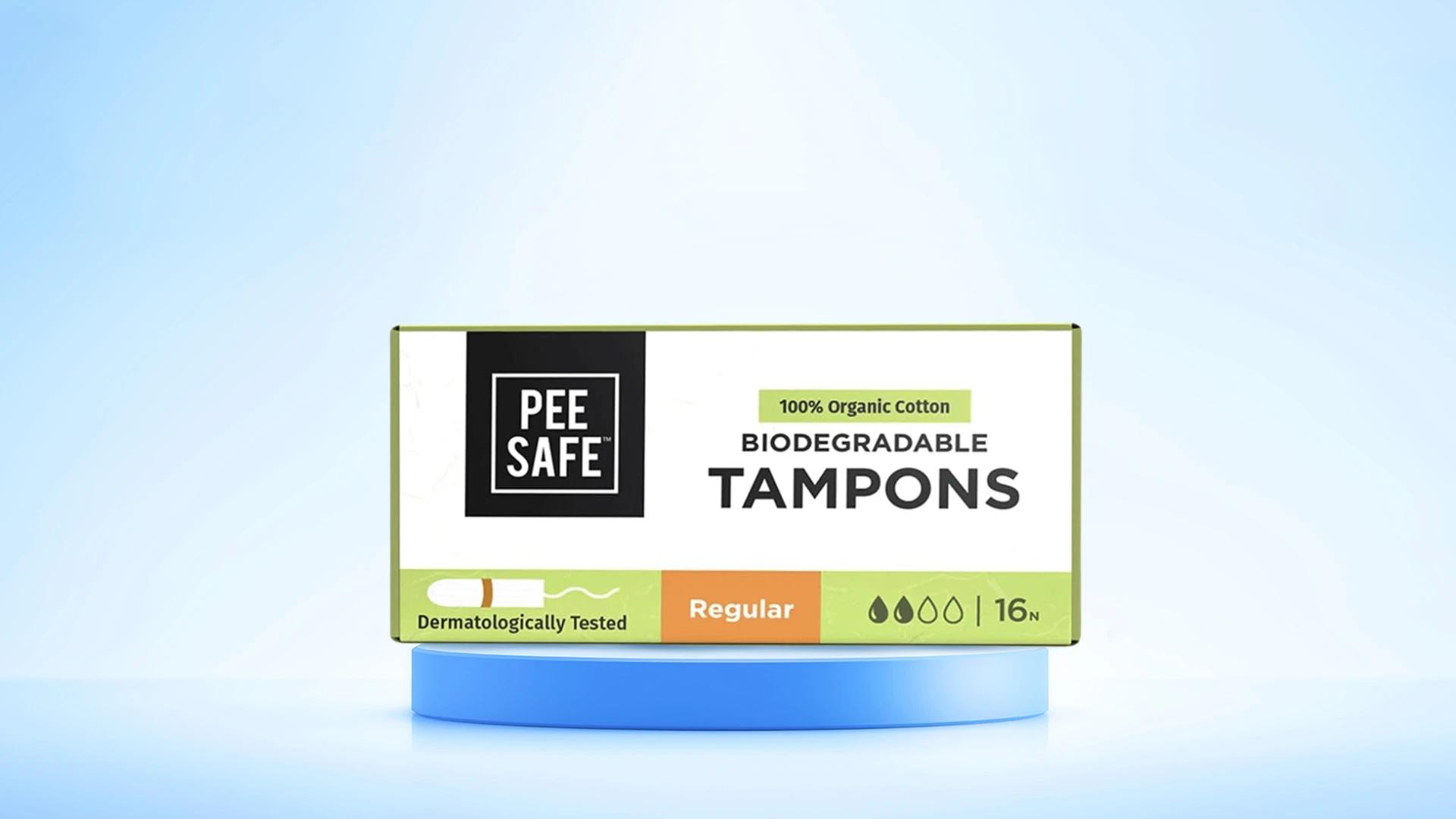Let's talk about tampons—your ultimate guide to understanding what they are and how they work. Simply put, a tampon is a small, absorbent product that you insert into your vagina to collect menstrual blood during your period. Think of it as your discrete, internal protection buddy that keeps things sorted whilst you go about your day. Understanding tampon meaning goes beyond just knowing what they are—it's about discovering how they can make your menstrual cycle more manageable. Whether you're new to tampons or just want to brush up on the basics, we've got you covered with everything you need to know about menstrual hygiene and feminine products.
Understanding Tampons: The Basics
Tampons are made from cotton, rayon, or a blend of both materials—basically soft, absorbent fibres that do the heavy lifting during your period. You'll find different types available, from ones with plastic applicators to cardboard ones, and even applicator-free options for those who prefer a more hands-on approach. These feminine products play a massive role in feminine wellness by giving you the freedom to move, swim, and live your life without constantly worrying about leaks. The beauty of tampons lies in their simplicity—they're designed to expand inside your vagina to catch menstrual flow before it has a chance to leave your body. Real talk, they're basically your internal bodyguard for period protection.
The Anatomy of a Tampon
Every tampon has three main parts that work together like a perfectly coordinated team. The **absorbent core** is the cotton or rayon centre that soaks up menstrual blood—this is where all the magic happens. You've got the **applicator** (if your tampon comes with one), which is essentially a tube that helps you insert the tampon properly—think of it as your insertion assistant. Then there's the **removal string**, which hangs outside your body and is your ticket out when it's time for a change. The whole system works by providing internal protection that sits comfortably inside your vaginal canal. When inserted correctly, the tampon expands to form a gentle seal, collecting menstrual flow rather than absorbing it from the outside like pads do.
The Right Tampon for You
Choosing the right tampon is like finding your perfect cup of tea—it's all about what works for your body and flow. The key is understanding that not all tampons are created equal, and what works for your mate might not be your kind of pick.
Absorbency Levels Explained
Absorbency levels range from light to super plus, and picking the right one is crucial for both comfort and menstrual health. Light tampons work brilliant for the beginning or end of your cycle when flow is minimal. Regular tampons are your go-to for average flow days, whilst super and super plus are designed for heavier flow days. The trick is to use the lowest absorbency that handles your flow—using a super tampon on a light day can be uncomfortable and isn't great for your vaginal health.

